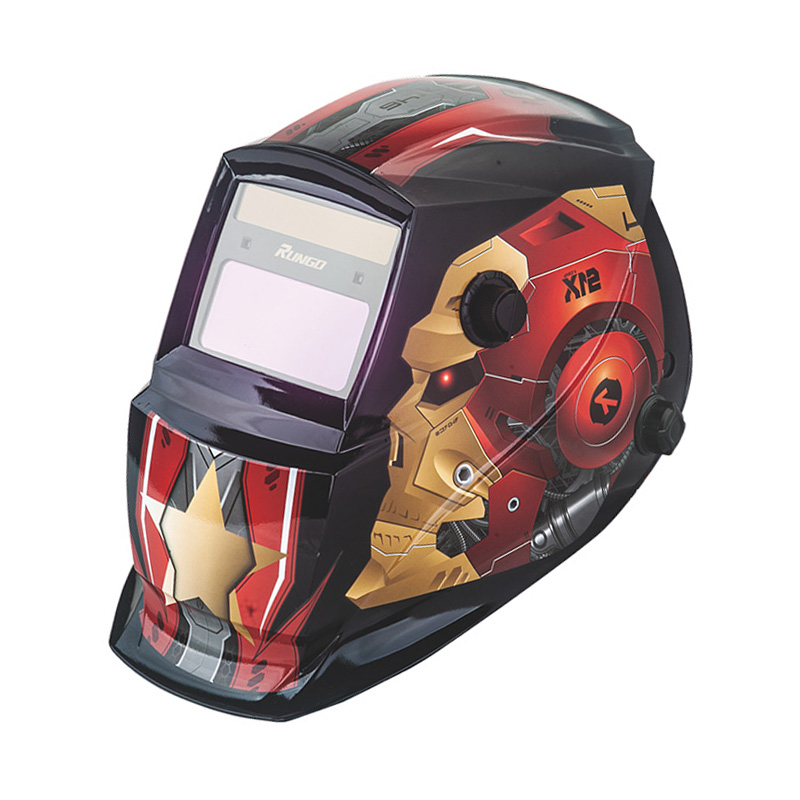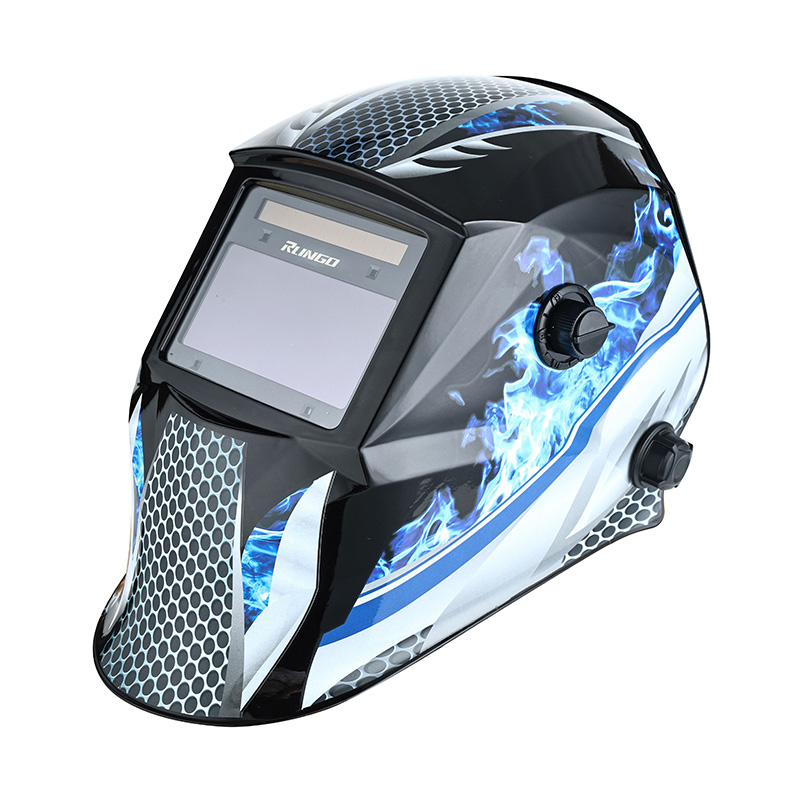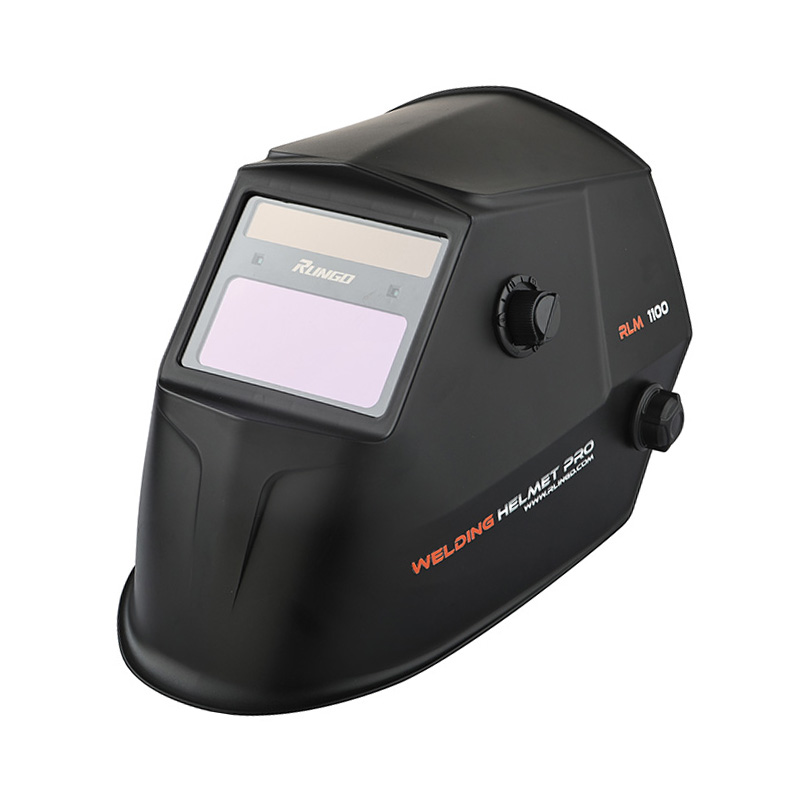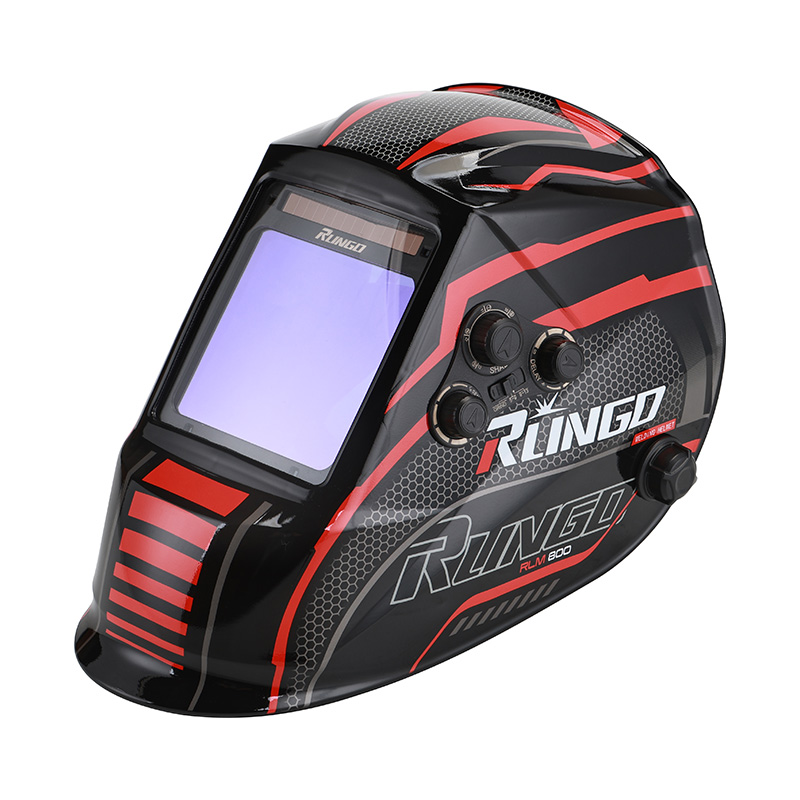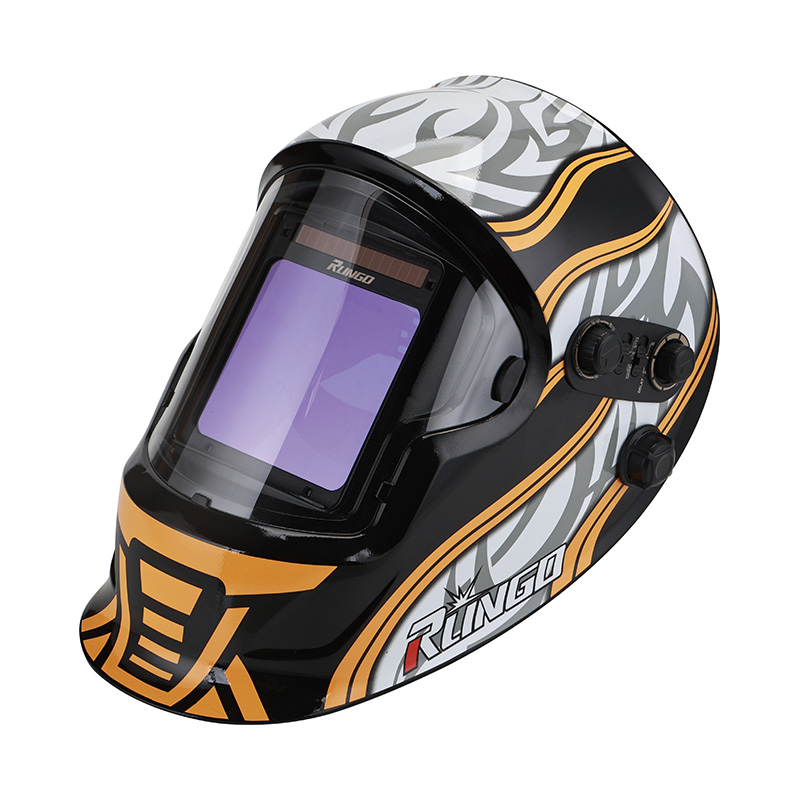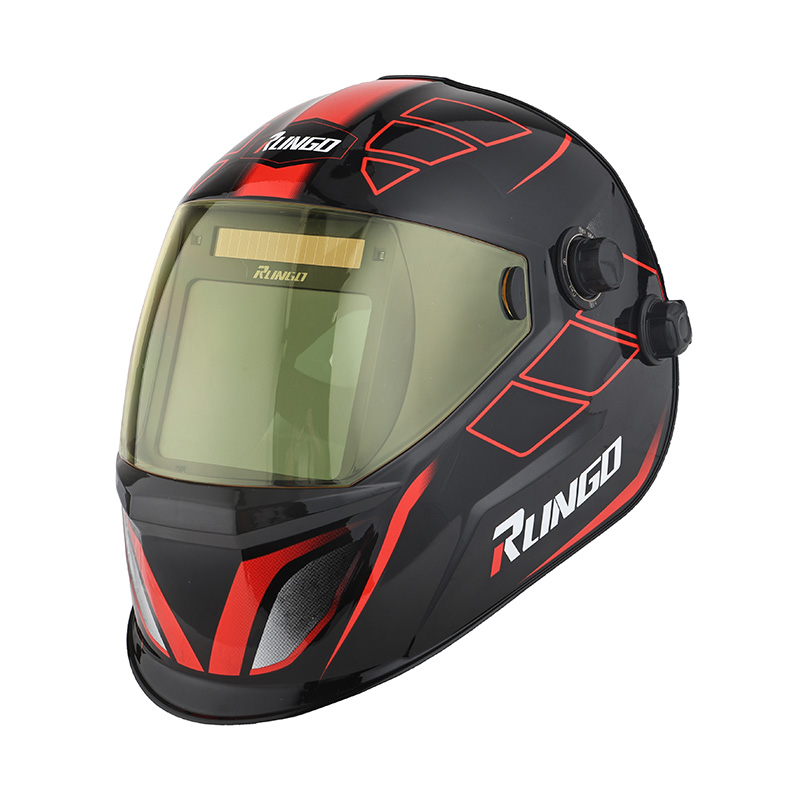Ergonomic Design and Weight Considerations for Auto Flash Welding Helmet
2025-10-27
Importance of Ergonomic Design
The Auto Flash Welding Helmet is a critical tool for protecting welders from harmful ultraviolet (UV) and infrared (IR) radiation, sparks, and hot debris. While protective features are essential, the helmet’s weight and headgear design also play a crucial role in ensuring comfort, reducing fatigue, and maintaining efficiency during long welding sessions. Ergonomic design directly impacts the welder’s performance and overall safety.
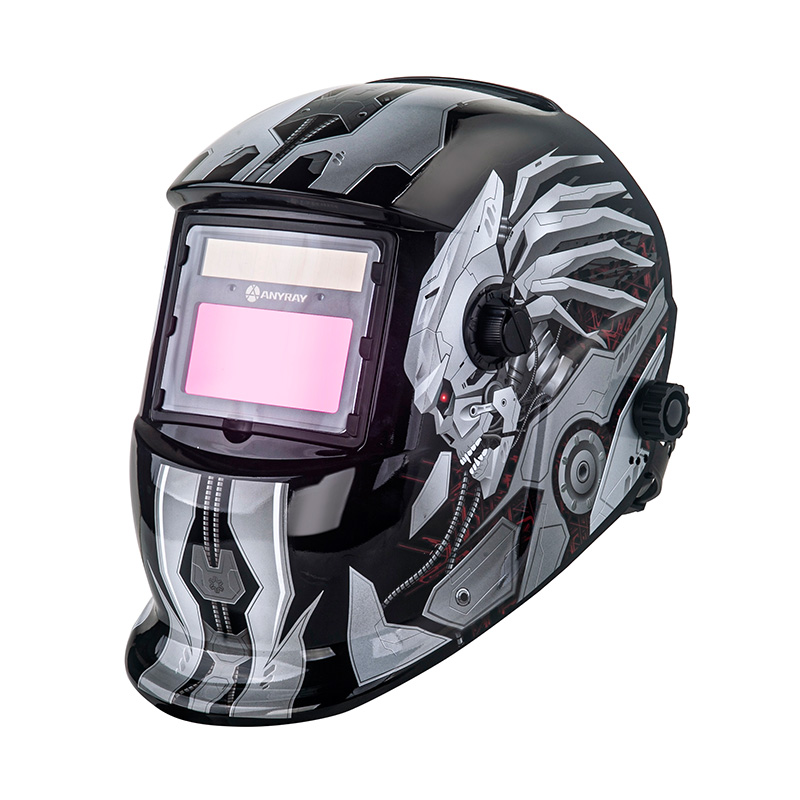
Weight Considerations
- Balanced Distribution: Helmets that distribute weight evenly across the head reduce strain on the neck and shoulders, allowing for longer periods of comfortable use.
- Material Selection: Lightweight but durable materials such as high-impact plastics or composite materials are preferred to reduce overall weight without compromising safety.
- Impact on Fatigue: Heavy helmets can cause early fatigue, limiting a welder’s endurance and increasing the risk of mistakes or accidents during prolonged work.
Headgear Structure and Comfort
- Adjustable Straps: A helmet with multiple adjustment points ensures a secure fit and accommodates different head sizes and shapes.
- Padded Suspension System: Foam or cushioned suspensions improve comfort by reducing pressure points and absorbing shock from movements or impacts.
- Rotatable and Tiltable Features: Some helmets allow forward and backward tilting or rotation to enhance visibility without removing the helmet, improving convenience and reducing repetitive strain.
Ergonomic Benefits
- Improved Focus: A well-designed helmet that fits comfortably allows welders to concentrate on their work without being distracted by discomfort.
- Reduced Neck and Shoulder Strain: Balanced weight and properly designed headgear decrease muscular stress, preventing long-term injuries.
- Enhanced Safety: Comfortable helmets are less likely to be adjusted frequently during welding, reducing exposure to sparks or UV light.
Design Features Supporting Ergonomics
- Lightweight Shell: Using advanced, durable plastics reduces the helmet’s overall mass while maintaining protection against impact and heat.
- Flexible Headband: Adjustable headbands with quick-release or ratchet mechanisms make it easier to customize fit on the go.
- Breathable Padding: Ventilated padding materials improve airflow, preventing excessive sweating and enhancing comfort during extended work.
- Low Center of Gravity: Helmets with a lower center of gravity feel lighter and more stable, reducing forward or backward tilting during movement.
Factors Affecting User Comfort
- Duration of Use: Even well-designed helmets can become uncomfortable after extended hours; breaks and proper adjustment are essential.
- Work Environment: High temperatures or confined spaces can amplify discomfort if the helmet lacks proper ventilation or fit adjustments.
- Personal Fit Preferences: Individual head shape and size influence comfort; helmets with versatile adjustment mechanisms accommodate a wider range of users.
Practices for Improving Comfort and Ergonomics
- Regular Adjustment: Ensure straps and suspension systems are correctly positioned before starting work to maintain balance.
- Inspect Padding and Straps: Worn or compressed padding should be replaced to retain comfort and protection.
- Select Appropriate Helmet Size: Choose a helmet model suitable for the individual welder’s head size and shape.
- Use in Combination with Safety Gear: Consider the interaction with respirators, ear protection, or glasses to prevent discomfort or pressure points.
Balancing Protection and Comfort
The Auto Flash Welding Helmet combines advanced protective features with ergonomic design elements to enhance welder safety and comfort. Lightweight materials, adjustable headgear, and cushioned suspension systems help reduce fatigue, prevent strain, and maintain focus during extended welding sessions. By prioritizing ergonomics along with protective functionality, these helmets ensure welders can work efficiently, safely, and comfortably, even in demanding environments.

